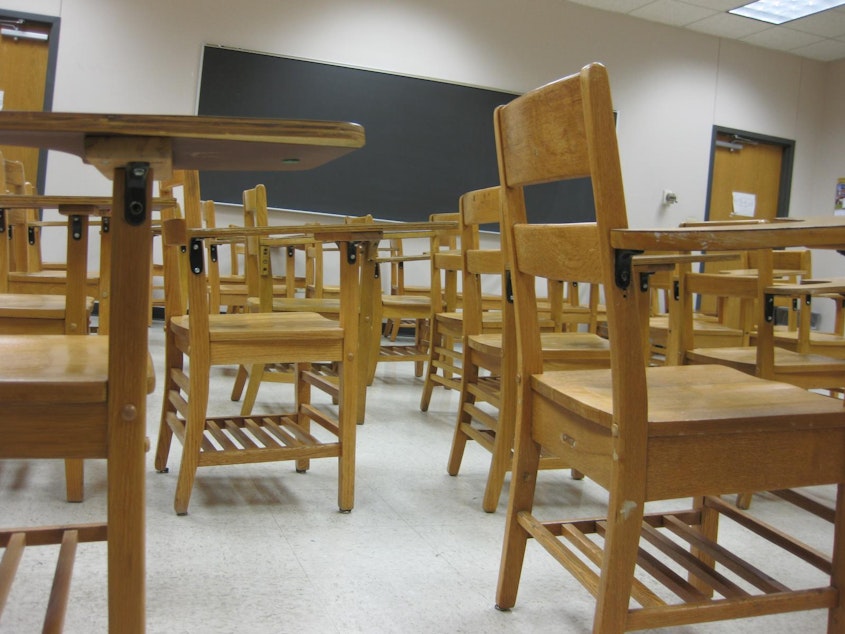Tardy to school? You can no longer be suspended for that in Washington state

The school year starts in a few weeks in Washington. This year, no public school student can be expelled just because they are tardy or have unexcused absences on their record.
Washington’s superintendent of public instruction is making that change, and others, to the state's disciplinary rules.
Superintendent spokesperson Nathan Olson said the goal is to keep kids in the classroom, not sitting at home. The state hopes the changes will help close the opportunity gap that students of color face.
"What we've found is, number one, there is disproportional in discipline; and number two, too often those students who are disciplined don't get seamless educational services during the time that they are disciplined," Reykdal said.
State data shows students of color and those with disabilities are punished at disproportionately high rates — a problem the state has committed to fixing.
Under the new rules, the bar is set higher for when a student can be expelled, suspended or otherwise pulled out of the classroom.
There are now few reasons a student can be expelled, unless they have caused a threat to school safety. No student between kindergarten and fourth grade can be expelled.
Rita Green with the Seattle Chapter of the NAACP said the changes are a nice gesture. She also said, however, it won't stop the unequal punishments on students of color.
"Because all the teachers are going to do is, 'Ok I can't kick you out of school and document it, but I can kick you out of my classroom,'" Green said. "When they're not in the classroom, then they're not learning, which means the gap continues to grow."
Green said closing the opportunity gap needs to start with hiring teachers who aren't racially biased.
According to the Office of Superintendent of Public Instruction, 3.5 percent of all students were suspended or expelled in 2016-17. For black/African-American students, it was 7.4 percent. The rate for students who receive special education was 7.1 percent.

